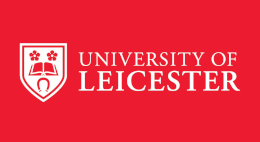Learning urban form through unsupervised graph-convolutional neural networks
Graph theory has long provided the basis for the computa-tional modelling of urban flows and networks and, thus, for the studyof urban form. The development of graph-convolutional neural networksoffers the opportunity to explore new applications of deep learning ap-proaches in urban studies. In this paper, we propose an unsupervisedgraph representation learning framework for analysing urban street net-works. Our results illustrate how a model trained on a 1% random sampleof street junctions in the UK can be used to explore the urban form of thecity of Leicester, generating embeddings which are similar but distinctfrom classic metrics and able to capture key aspects such as the shiftfrom urban to suburban structures. We conclude by outlining the cur-rent limitations and potential of the proposed framework for the studyof urban form and function.
History
Author affiliation
School of Geography, Geology and the Environment, University of LeicesterSource
The 2nd International Workshop on Geospatial Knowledge Graphs and GeoAI: Methods, Models, and Resources,12th September, 2023, Leeds, UKVersion
- VoR (Version of Record)


